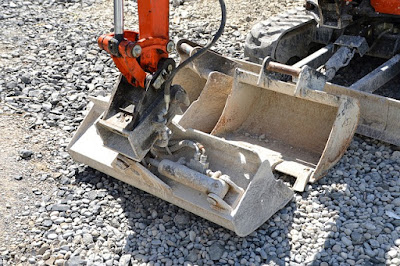All of the SUBDISCIPLINES:
Civil Engineering possesses huge scope and contains a wide spectrum of sub-disciplines. There are various fields within this engineering branch which you may choose to pursue your career. Below given is the list of Branches of Civil Engineering: -
1) Structural Engineering
This branch of Civil Engineering deals with the design and Analysis of structures. Various software are being adopted to design and analysis worldwide. Software like Auto CAD is widely used for drafting and software like STAAD or ETABS are used for the design and analysis of Structures.
What do structural engineers do?
Many times structural engineers are confused with Architects. Structural Engineers design the structure and analyze it for strength and stability. While Architects work is to design the aesthetic aspects of the building to look more beautiful and pleasing.
Structures range from 2-story building to bridges, dams, towers, high-rise buildings, auditoriums, stadiums, and so on.
Check our list ofTop Structural Design Software and know about the software used in structural construction firms.
2) Transportation Engineering
Transportation plays a pivotal role in any country's economy. The daily transit of goods and services from one part of the country to another is possible only through well-developed means of transportation. Transportation includes Roadways, Railways, Airways, and Waterways. Since industrial revolution, it is evident that there is an outlandish growth in this sector.
Hyperloop is one of the futuristic concepts of transportation which is in research and design stage.
Watch this video on HYPERLOOP to know more:
What do Transportation Engineers do?
The design of highways, railways, traffic studies and estimation, pavement design, are some of the works carried out by transportation Engineer.
Hyperloop is one of the futuristic concepts of transportation which is in research and design stage.
Watch this video on HYPERLOOP to know more:
3) Environmental Engineering
It is the branch of Civil Engineering dealing with the Environment aspects like Water treatments, Air pollution, Solid Waste management, Green building. Pollution caused by anthropogenic activities has gained an overdue attention in the past few years. Also, hazardous and e-waste management is not at its best in developing countries which results in exposure of humans to threats of life.
GlobalCO2 levels are increasing rapidly. See this article on how CO2 levels are increasing rapidly which has recorded highest from past 800,000 years: CO2 Levels Rising
GlobalCO2 levels are increasing rapidly. See this article on how CO2 levels are increasing rapidly which has recorded highest from past 800,000 years: CO2 Levels Rising
What do Environmental Engineers do?
Environmental Engineers work for the reduction of Pollution levels in soil, air, and water. They design water treatment units, solid waste management units, etc.,
Also, several assessments are performed by Environmental Engineers like Environmental Impact Assessment, Life Cycle Assessment, Material Flow Analysis etc., to provide information for the environmental organizations like Environmental Protection Agency, Governments and Policymakers, and industries.
Paris Agreement on Environment Protection by nations of the world.
This is a branch deals with foundation aspects of any structure. Foundation is the most important part of any structure to sustain. This subject includes soil mechanics, bearing capacity, foundation engineering, etc.,
5) Water resources and irrigation Engineering
Deals with design and construction of hydraulic structures like dams, canals, water distribution system, etc.
6) Construction Planning and Management
Deals with planning, scheduling, and management of construction. Software like MS Project and PRIMAVERA by Oracle are used for planning and scheduling.
Deals with surveying and leveling of lands using various instruments, mapping & contouring of terrains, etc.



